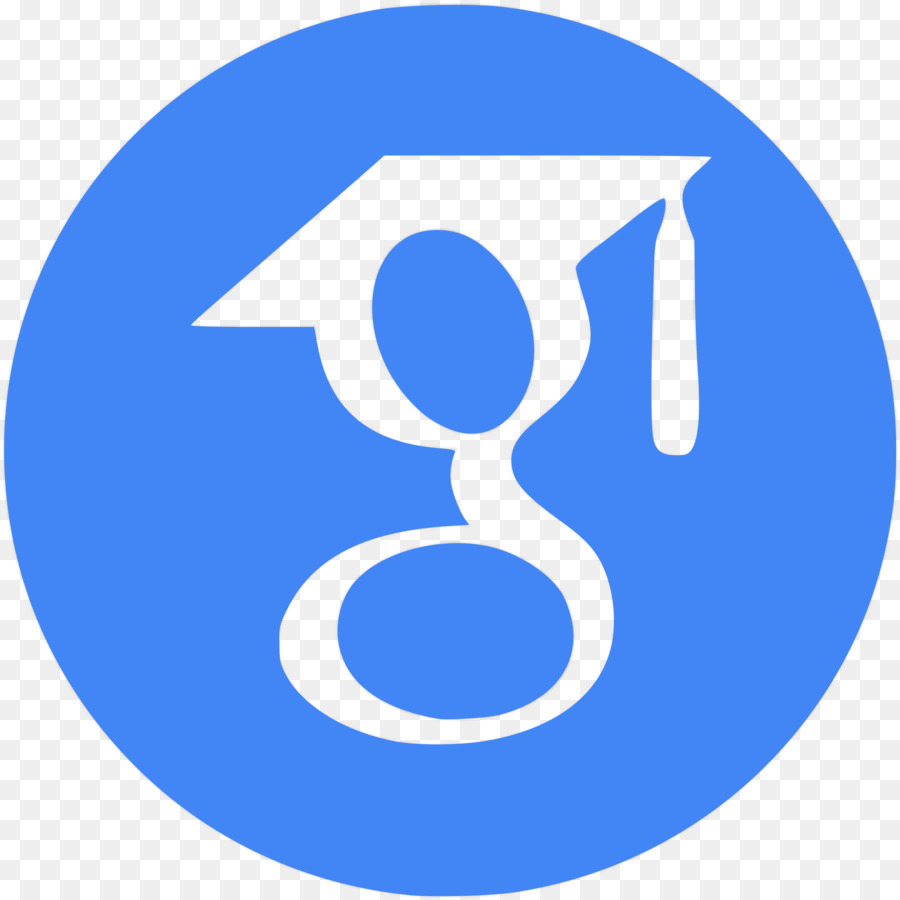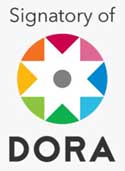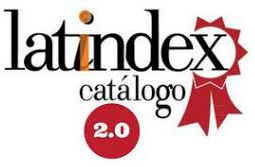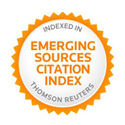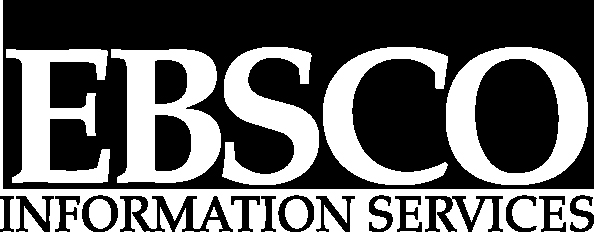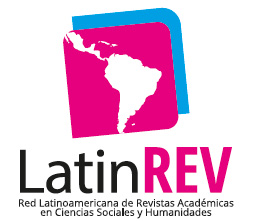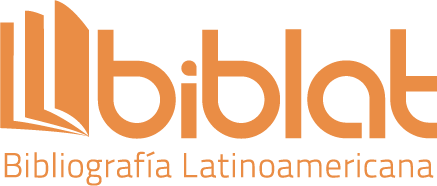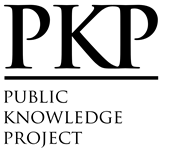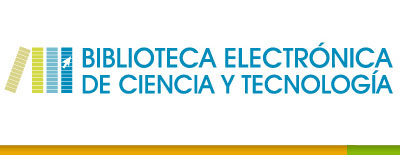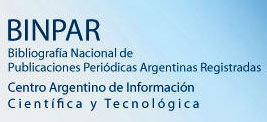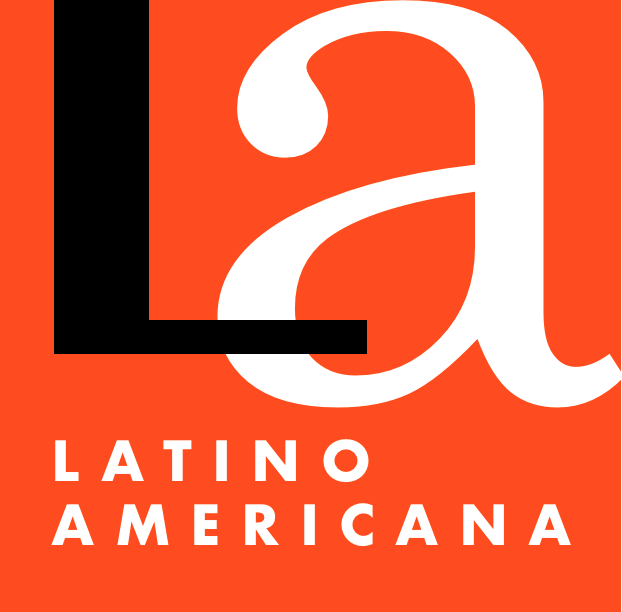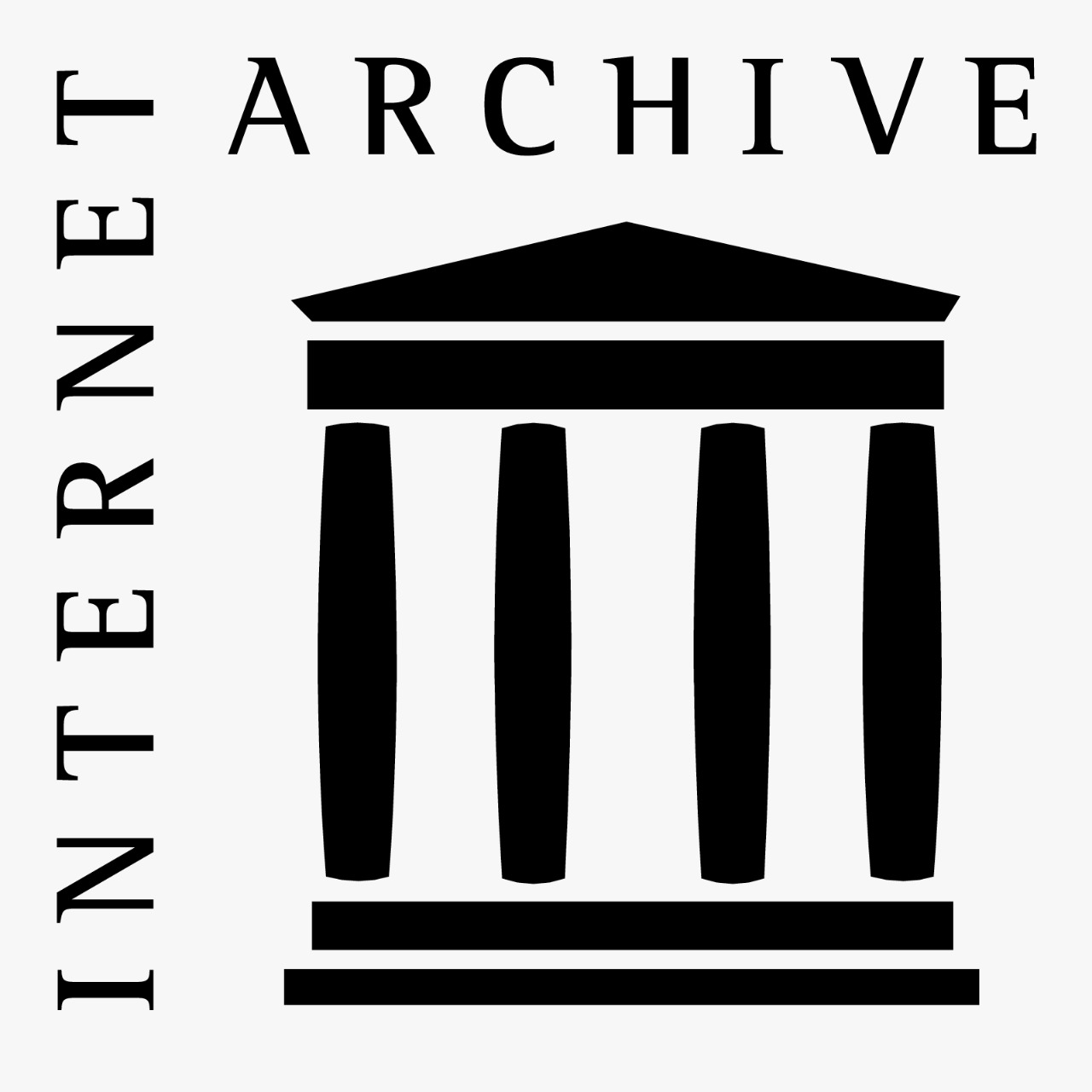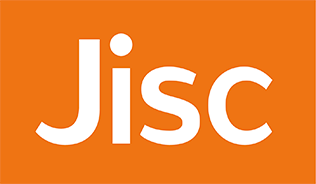Augmented literacies
Production, self-expression, and collaboration in digital culture
Abstract
The global health crisis has affected every area of social life. And it renewed the debate on what competences and skills people need to thrive in environments where digitalization and digital media platforms are the norm. Among the key abilities required to take advantage of our post-pandemic moment, we can mention: knowing how to effectively search for, find, and reinterpret information; mastering audiovisual language and digital resources; and taking risks to redefine old and new insights. In the following article, we review the most important concepts and contrasts regarding traditional, media, and transmedia literacy. We then focus on the category of augmented literacies, a term we propose to understand the nature and texture of the skills and know-how required to interact, build knowledge, and express oneself in our new digital and hybrid environments. We will not simply enumerate abilities. Rather, we will approach diverse skills (of the media, civic, expressive, ludic, or narrative variety, among others) from broad perspectives that consider the dynamism and complexity of our new context. We propose a divergent bibliography to reach new conceptualizations, which in turn can outline the theoretical-practical field of an ongoing investigation.
Downloads
References
Apple, M. (1994). Educación y poder. Paidós.
Area Moreira, M. (2012). La alfabetización en la sociedad digital. En Area Moreira, M.; Gutiérrez Martín, A. y Vidal Fernández, F. Alfabetización digital y competencias informacionales (pp. 3-42). Ariel.
Bernstein, B. (1994). La estructura del discurso pedagógico. Clases, códigos y control (Vol. IV). Morata.
Bourdieu, P. (2005). Capital cultural, escuela y espacio social. Siglo XXI.
Bourdieu, P. y Passeron, E. (1977). La reproducción. Elementos para una teoría del sistema de enseñanza. Laia.
boyd, d. (2016). Introduction. En Jenkins, H., boyd, d. e Ito, M., Participatory Culture in a Networked Era: A Conversation on Youth, Learning, Commerce, and Politics (s.p.). Polity Press.
Buckingham, D. (2005). Educación en medios. Alfabetización, aprendizaje y cultura contemporánea. Paidós.
Buckingham, D. (2018). Foreword. En Scolari, C. (Ed.), Teens, media and collaborative culture. Exploiting teens’ transmedia skills in the classroom (pp. 5-7). Transliteracy.
Codina, L. (2018a). Revisiones bibliográficas sistematizadas: Procedimientos generales y Framework para Ciencias Humanas y Sociales. Máster Universitario en Comunicación Social, Departamento de Comunicación, Universitat Pompeu Fabra. https://repositori.upf.edu/handle/10230/34497.
Codina, L. (2018b). Revisiones sistematizadas para trabajos académicos 1: conceptos, fases y bibliografía. https://www.lluiscodina.com/revisiones-sistematizadas-fundamentos/.
Doueihi, M. (2010). La gran conversión digital. Fondo de Cultura Económica.
Dussel, I. y Quevedo, L. A. (2010). Educación y nuevas tecnologías: los desafíos pedagógicos ante el mundo digital. Santillana. https://www.unsam.edu.ar/escuelas/humanidades/actividades/latapi/docs/Dussel-Quevedo.pdf.
Ferrarelli, M. (2017). Modos descentrados de autoría en la era de la web participativa y social. Revista Perspectivas Metodológicas, II(20), 63-76. http://revistas.unla.edu.ar/epistemologia/article/view/1655/1226.
Ferrarelli, M. (2020). Panmedia: diásporas que se abren y paréntesis que se cierran. Sangrre. https://sangrre.com.ar/2020/06/03/practicas-panmedia-diasporas-que-se-abren-y-parentesis-que-se-cierran/.
Ferrés, J. y Piscitelli, A. (2012). La competencia mediática: propuesta articulada de dimensiones e indicadores. Comunicar, 19(38), 75-82. https://doi.org/10.3916/C38-2012-02-08.
Giroux, H. y Penna, A. (1979). Social Education in the Classroom: The Dynamics of the Hidden Curriculum. Theory and Research in Social Education, 7(1), 21-42 https://doi.org/10.1080/00933104.1979.10506048.
Gutiérrez Martín, A. (2003). Alfabetización digital. Algo más que ratones y teclas. Gedisa.
Instituto Iberoamericano de TIC y Educación. (s.f.). Manual para la evaluación de proyectos de inclusión de TIC en educación. OEI. https://oei.org.ar/ibertic/evaluacion/pdfs/ibertic_manual.pdf.
Instituto Nacional de Tecnologías Educativas y Formación del Profesorado. (2017). Marco Común de Competencia Digital Docente. Ministerio de Educación, Cultura y Deporte. http://blog.educalab.es/intef/2016/12/22/marco-comun-de-competencia-digital-docente-2017-intef.
International Society for Technology in Education. (2017). ISTE Standards: Educators. https://www.iste.org/standards/iste-standards-for-teachers.
Ito, M. (2016). Learning and Literacy. En Jenkins, H., boyd, d. e Ito, M., Participatory Culture in a Networked Era: A Conversation on Youth, Learning, Commerce, and Politics (s.p.). Polity Press.
Jenkins, H. (2006). Convergence Culture. La cultura de la convergencia en los medios de comunicación. Paidós.
Jenkins, H. (2008). From production to Produsage: An interview with Axel Bruns (Part One). http://henryjenkins.org/2008/05/interview_with_axel_bruns.html.
Jenkins, H. (2016). Participatory Learning. En Jenkins, H., boyd, d. e Ito, M., Participatory Culture in a Networked Era: A Conversation on Youth, Learning, Commerce, and Politics (s.p.). Polity Press.
Jenkins, H., Clinton, K., Purushotma, R., Robison, A. J. y Weigel, M. (2006). Confronting the Challenges of Participatory Culture: Media Education for the 21st Century. Fundación MacArthur. https://www.macfound.org/media/article_pdfs/jenkins_white_paper.pdf.
Jenkins, H., Peters-Lazaro, G. y Shresthova, S. (2020). Popular Culture and the Civic Imagination. Case Studies of Creative Social Change. New York University Press.
Lara, T. (2009). Alfabetizar en la cultura digital. En Lara, T. y Alonso Arrukero, N. (Coords.), La competencia digital en el área de Lengua (s.p.). Editorial Octaedro. https://tiscar.com/wp-content/uploads/2011/07/ALFABETIZAR_EN_LA_CULTURA_DIGITAL-TISCAR-LARA-COMPETENCIA_DIGITAL_LENGUA-2008.pdf.
O’Reilly, T. (2005). What Is Web 2.0? Design Patterns and Business Models for the Next Generation of Software. O’Reilly Media. http://oreilly.com/web2/archive/what-is-web-20.html.
Pedró, F. (2011). Tecnología y escuela: lo que funciona y por qué. Documento básico 26°. Semana monográfica de la educación. La educación en la sociedad digital. Fundación Santillana: https://fundacionsantillana.com/publicaciones/tecnologia-y-escuela-lo-que-funciona-y-por-que/.
Rheingold, H. (2012). Net Smart: How to thrive online. MIT Press.
Ribeiro Pessoa, M. T., Hernández Serrano, M. J. y Muñoz Rodríguez, J. M. (2015). Aprendizaje informal, alfabetización mediática e inclusión social. Descripción de una experiencia. Profesorado. Revista de currículum y formación del profesorado, 19(2). https://www.ugr.es/~recfpro/rev192ART5.pdf.
Scolari, C. (Ed.) (2018). Teens, media and collaborative culture. Exploiting teens' transmedia skills in the classroom. Transliteracy.
Scolari, C. A., Lugo, N. y Masanet, M. L. (2019). Educación Transmedia. De los contenidos generados por los usuarios a los contenidos generados por los estudiantes. Revista Latina de Comunicación Social, (74), 116-132. http://www.revistalatinacs.org/074paper/1324/07es.html.
Trejo Delarbre, R. (2021). Prólogo. Para indagar y comprender la cultura digital. En Flores-Márquez, D. y González Reyes, R., La imaginación metodológica. Coordenadas, rutas y apuestas para el estudio de la cultura digital (pp. 7-11). Tintable.
UNESCO. (2011). ICT Competency Framework for Teachers. https://en.unesco.org/themes/ict-education/competency-framework-teachers.
Copyright (c) 2021 Mariana Ferrarelli

This work is licensed under a Creative Commons Attribution-NonCommercial 4.0 International License.
The authors retain the copyright and guarantee the journal the right to be the first publication of the work. In case that a translation of the article already published in Austral Comunicación can be published in another journal, it is requested to record the original publication in the translated version.
The license used is CC BY-NC-SA, which allows sharing (copying and redistributing the material in any medium and format) and adapting (remixing, transforming and building on the material) under the following terms: attribution (acknowledge authorship) and non-commercial (the material cannot be used for commercial purposes). Update: February 1, 2022.
Austral Comunicación allows the author (s) to retain the publication rights without restrictions.


